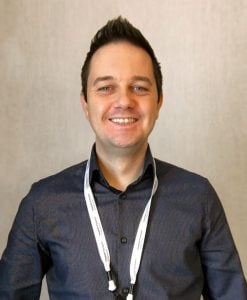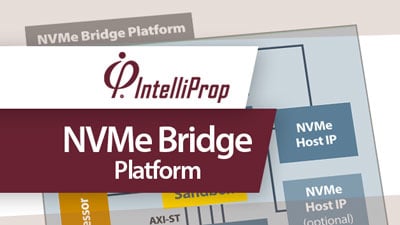BittWare
On-Demand Webinar
Enterprise-class FPGA Servers: The TeraBox Approach
FPGA-based cards are maturing into critical devices for data centers and edge computing. However, there’s a gap in server capability for enterprise-class solutions that take into accounting the unique nature of FPGAs.
BittWare offers our TeraBox™ line of FPGA servers, providing reliable, pre-integrated, and high-performance solutions for data centers and edge requirements. We’ll explain our philosophy of the server plus cards as a system instead of separate entities. This provides advantages in the development phase as the TeraBox arrives pre-integrated and ready for service. For deployment, a TeraBox has critical certifications, testing, and procurement options that simply aren’t available anywhere else.
In this informative webinar we will also speak to the particulars of our TeraBox line, including the highest density FPGA servers available, new TeraBox options for edge computing, and specialized servers designed for unique market needs.
3 Reasons to Watch
- We’re premiering a new TeraBox featuring Dell during this webinar
- Hear industry trends and case studies
- Live attendees will be able to submit questions during the webinar and during the Q&A time


Presenters:
Craig Petrie, VP Marketing
Carlos Tejeda, Product Manager, Integrated Systems
Fill in the form to watch:
"*" indicates required fields

